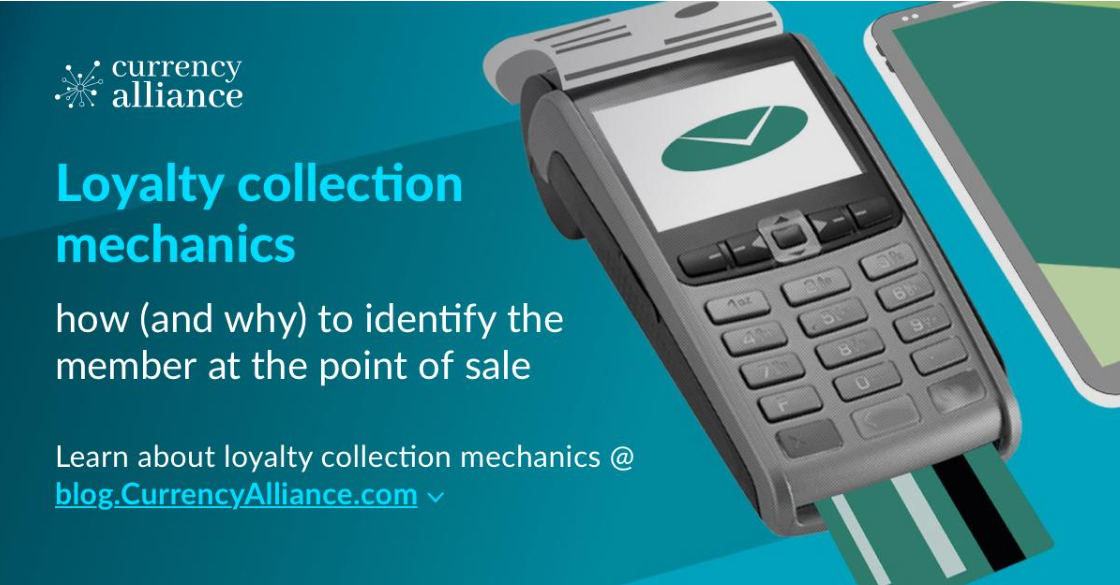Camp Drops: Your Gateway to the Great Outdoors
Explore tips, gear reviews, and adventure stories for outdoor enthusiasts.
Digital Loyalty Mechanics: The Secret Sauce for Customer Engagement
Unlock the hidden power of digital loyalty mechanics to supercharge customer engagement and boost your business like never before!
The Psychology Behind Digital Loyalty Programs: How They Drive Customer Engagement
Digital loyalty programs leverage psychological principles to create a deeper connection between brands and their customers. By tapping into innate human desires such as appreciation, recognition, and exclusivity, these programs foster customer engagement. When participants receive rewards, they experience a sense of accomplishment that strengthens their emotional attachment to the brand. This is often coupled with the ‘foot-in-the-door’ technique, where initial small commitments lead to greater loyalty, encouraging customers to return repeatedly to earn more rewards.
Moreover, the gamification aspect of digital loyalty programs adds another layer of engagement. By incorporating elements such as points, badges, and leaderboards, brands create an interactive experience that resonates with customers' competitive nature. According to research, consumers are more likely to engage with brands that offer a fun and motivating environment. Thus, by designing loyalty programs that utilize these psychological triggers, businesses can not only enhance customer retention but also inspire advocacy, turning satisfied customers into brand ambassadors.

Counter-Strike is a popular first-person shooter game that pits teams of terrorists against counter-terrorists in various game modes. Players can choose from a variety of weapons and must work together to complete objectives. For those looking to enhance their gaming experience, using a stake promo code can provide added benefits.
Unlocking the Power of Gamification in Digital Loyalty Mechanics
In today's competitive market, gamification has emerged as a powerful tool for enhancing digital loyalty mechanics. By integrating game-like elements such as rewards, challenges, and progress tracking into loyalty programs, brands can significantly increase customer engagement and retention. This approach not only motivates customers to interact with a brand more frequently but also fosters a sense of community among users. As individuals complete tasks and earn rewards, they develop stronger emotional connections to the brand, which can lead to increased purchase frequency and enhanced brand loyalty.
Moreover, the implementation of gamification strategies in digital loyalty programs can provide valuable insights into customer behavior. By analyzing how customers engage with these game-like features, businesses can refine their offerings to better meet customer needs and preferences. For instance, personalized challenges or tiered rewards based on user activity can keep customers motivated and continuously engaged. Ultimately, those brands that successfully unlock the full potential of gamification in their digital loyalty mechanics are likely to see not only improved customer retention but also higher lifetime value.
Are Traditional Loyalty Programs Outdated? Exploring the Future of Customer Engagement
In recent years, many businesses have begun to question the effectiveness of traditional loyalty programs. Once the cornerstone of customer engagement strategies, these programs often rely on simple point accumulation systems that reward repeat purchases with discounts or freebies. However, the rise of digital transformation and changing consumer expectations have rendered them less appealing. Customers today seek personalized experiences and genuine emotional connections with brands, suggesting that a more nuanced approach to customer engagement is required to stay relevant in the market.
As we look towards the future, it becomes essential to explore innovative alternatives that align with modern consumers' values. Emerging technologies, such as artificial intelligence and blockchain, are paving the way for new models of loyalty that not only enhance transparency but also build trust and community among customers. For instance, brands can leverage data analytics to create hyper-personalized offers and interactive experiences, moving beyond transactional relationships to foster long-term loyalty. Thus, the question arises: are traditional loyalty programs truly outdated, or are they simply evolving into something more sophisticated?